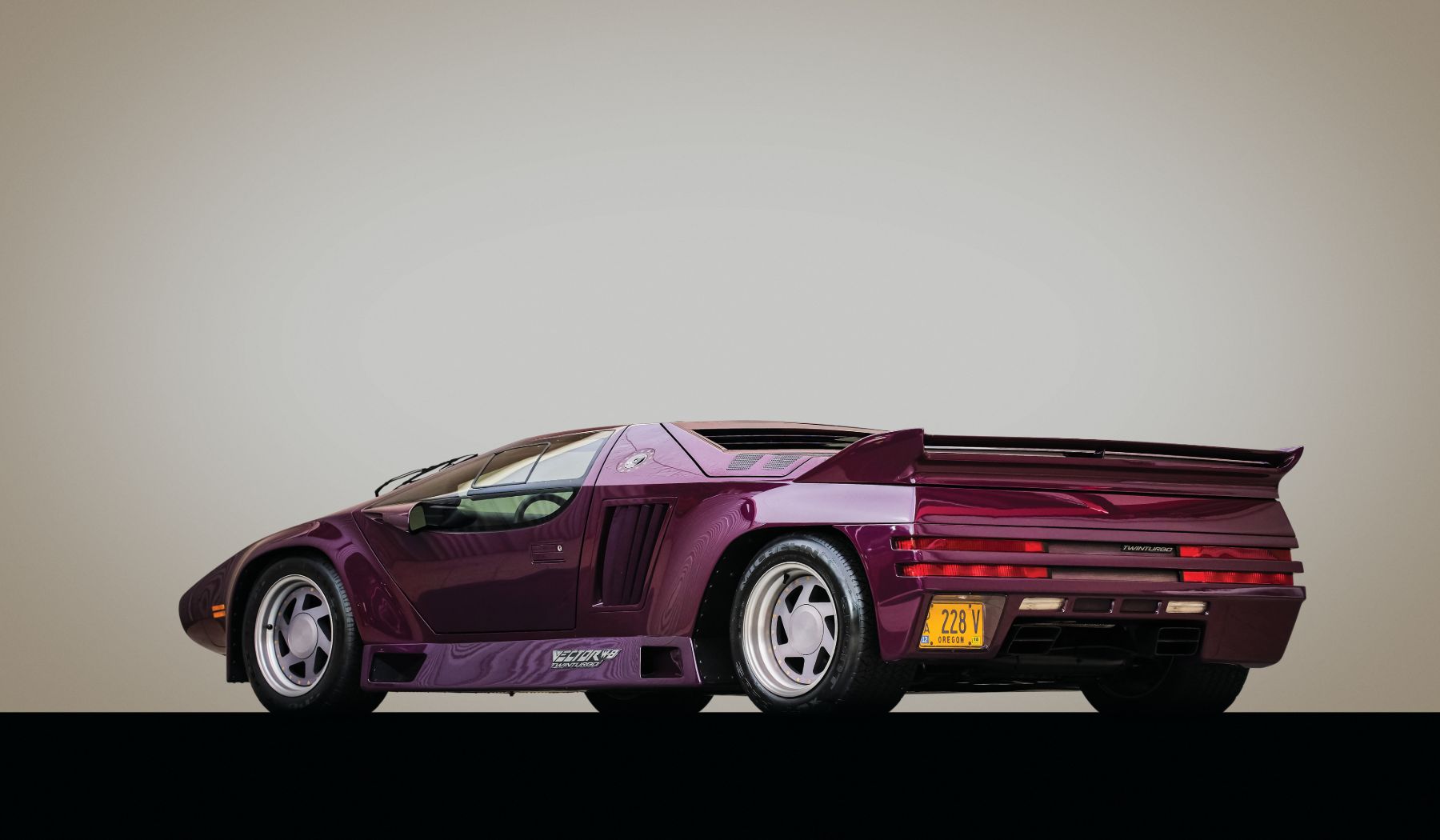Assuming that supercar companies will get it right every time is unrealistic. Occasionally, these carmakers, even the established ones, will produce a model that falls short of expectations.
Several factors could be responsible for this. They include controversial supercar styling, the use of dated technology and performance deficiencies. The supercar market is very particular as far as tastes and choices are concerned.
Missing the mark with your product can be a fatal mistake, as some carmakers sadly found out. Others were able to weather the storm and move on to more successful models, having learnt from their experiences.
Gumpert Apollo
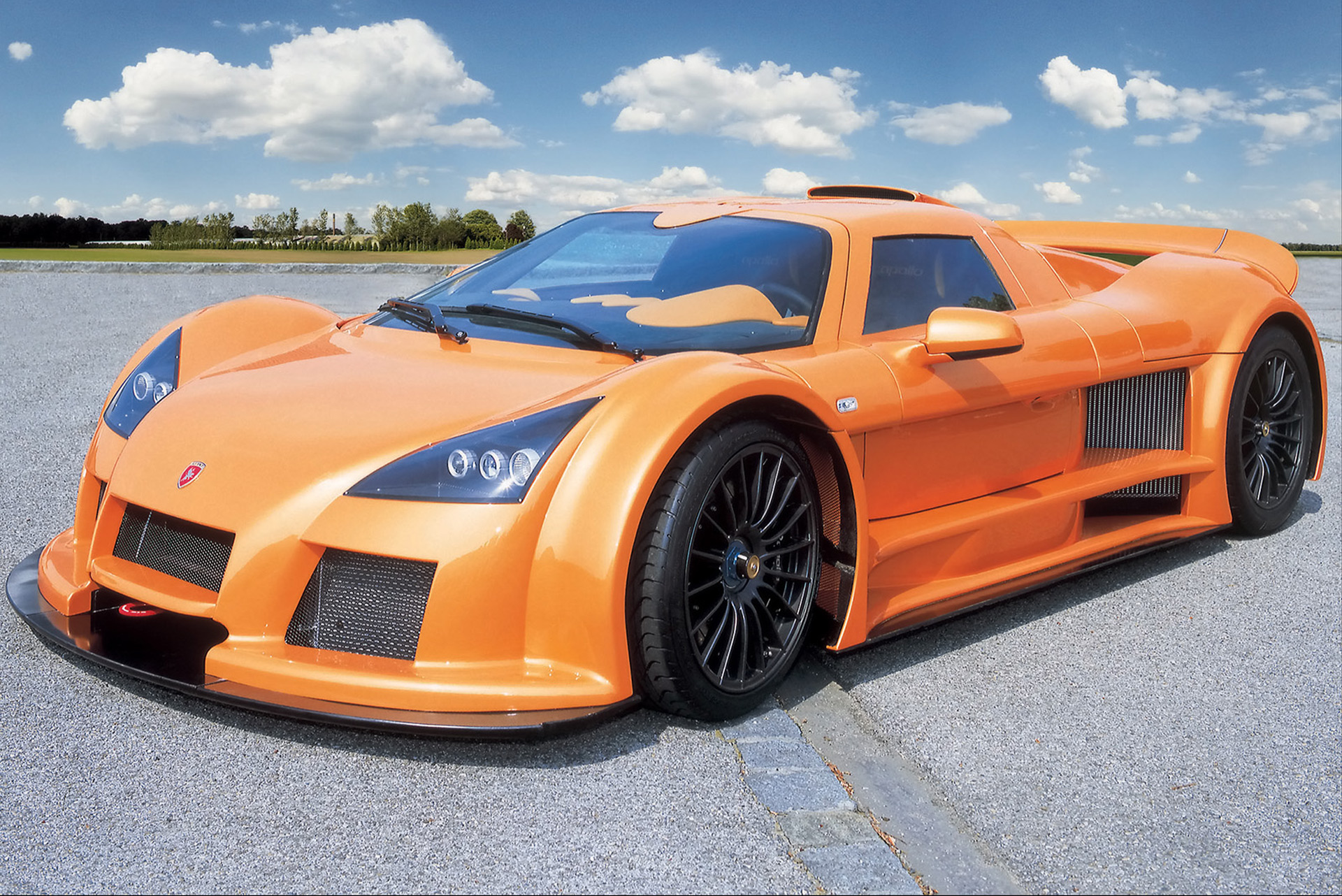
Look no further if you are seeking proof that a great car does not always equal success. The Gumpert Apollo was a hardcore supercar that was right up there with the best supercars of its day. It even set a lap record at the infamous Nurburgring circuit.
The Apollo had a no-frills approach to squeezing every ounce of performance from its 3.3-litre twin-turbocharged V8 engine. That led to a rather controversial styling and a high sticker price that quickly relegated it to the fringes of the car community.
Roland Gumpert struggled to sell his cars over the course of 7 years, even releasing different variants in a bid to stimulate interest. Unfortunately, nothing worked, and the Apollo slipped beneath the waves in 2013, taking the company down with it.
Lamborghini Jalpa
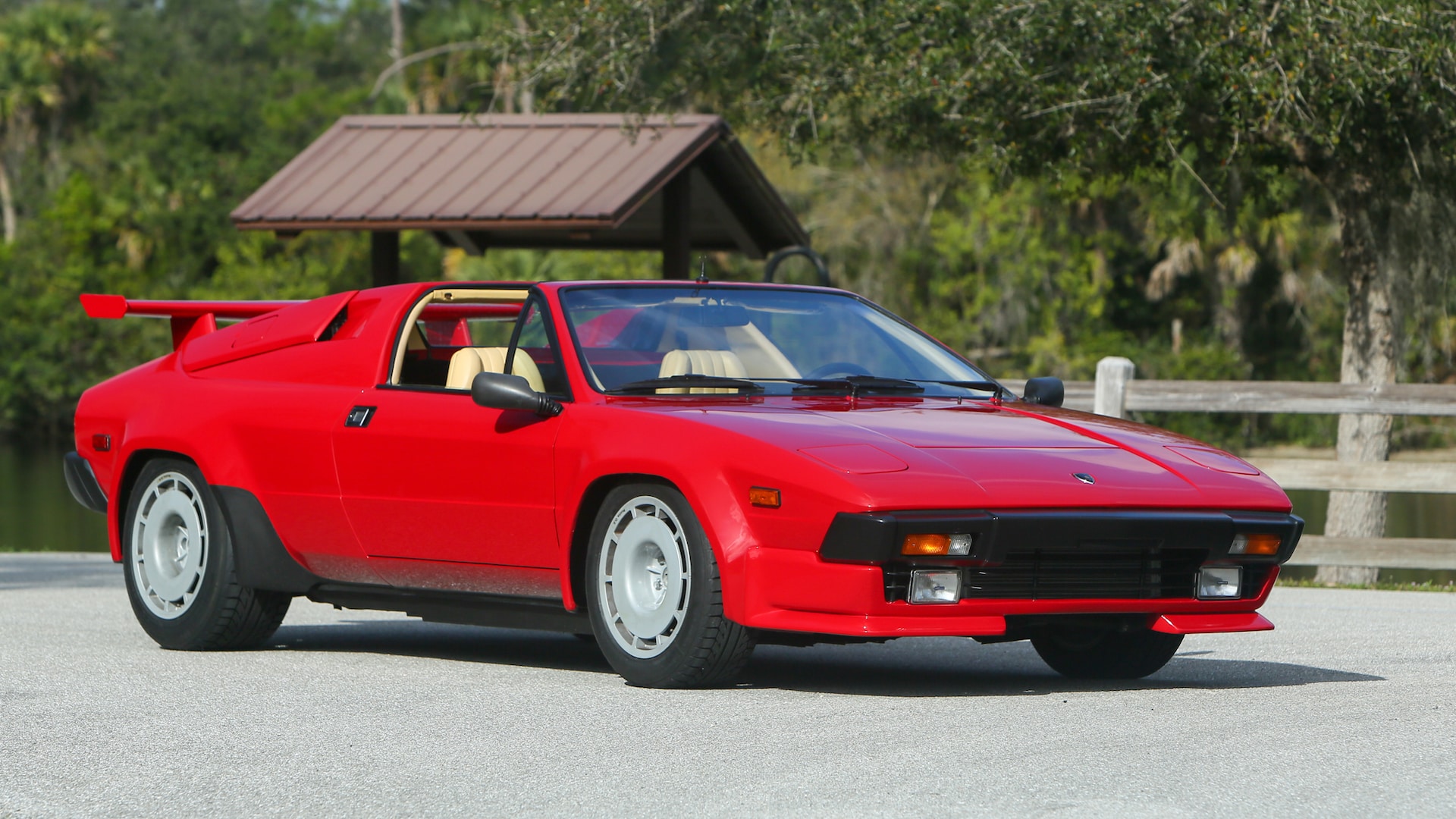
Yes, even the big names in the supercar world sometimes get it wrong, as evidenced by the saga of the infamous Lamborghini Jalpa. The supercar was Lamborghini’s idea to capture a wider market segment.
The plan was to offer the Lamborghini Jalpa as an ‘affordable’ supercar that could be marketed alongside the more expensive flagship Countach. Well, it turned out that people would rather buy the Countach or not have any Lamborghini at all.
The Jalpa also did not do itself any favours with its questionable styling and a weak V8 engine that only made 255 hp. It needed almost 6 seconds to hit 60 mph, unacceptable for a supercar. Only 420 Jalpas were produced from 1982 to 1988.
Vector W8
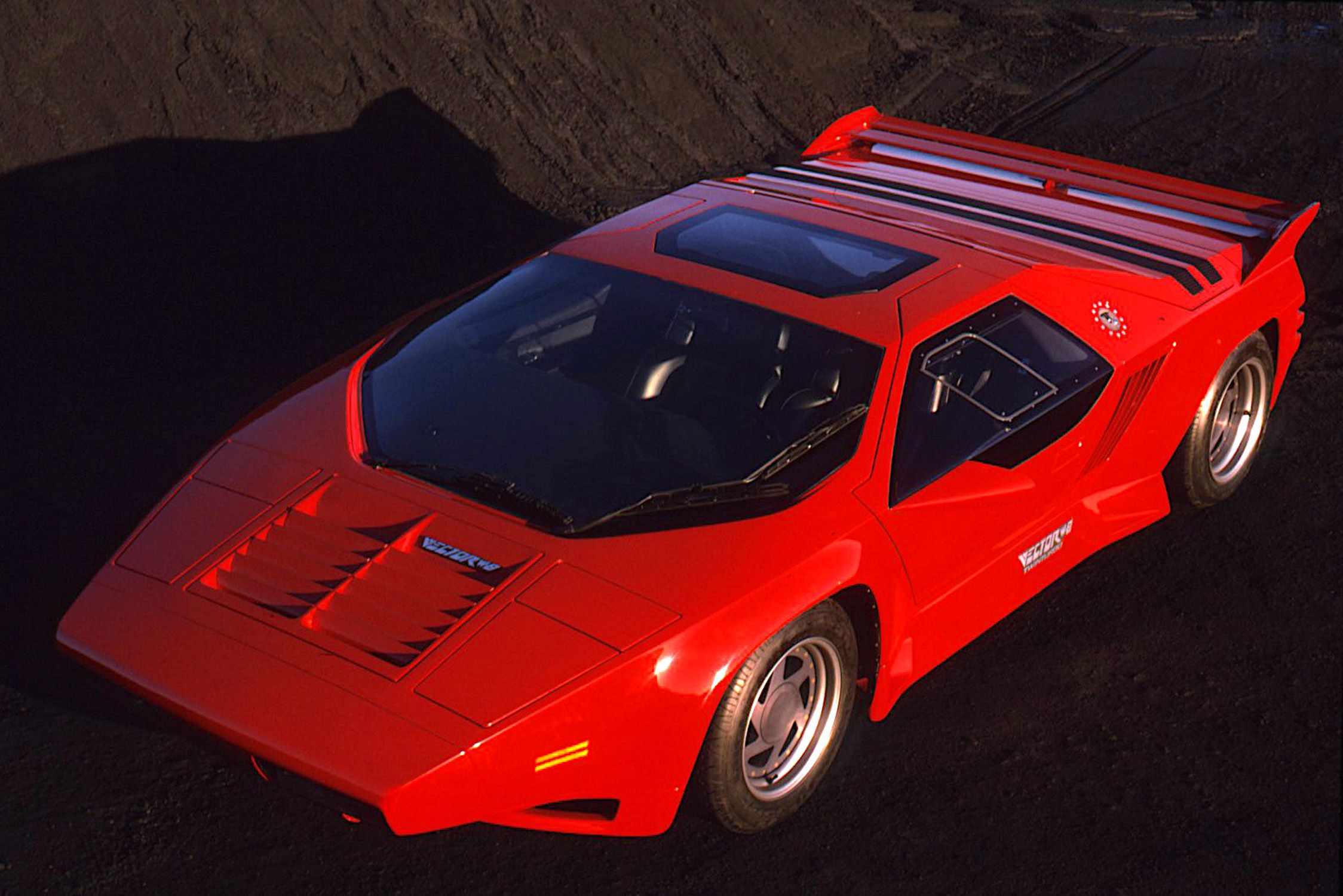
Founded in 1971, American carmaker Vector aimed to challenge Italian heavyweights like Ferrari and Lamborghini within the supercar space. Unfortunately, that challenge never materialized.
The carmaker’s first supercar, the Vector W8, fell flat and ended up as one of the most expensive failures in automotive history. This is not because the W8 was a shabby car. Far from it, the car benefitted from cutting-edge technology available at the time and many materials used in its construction were taken from the aerospace industry.
Its 6.0-litre Rodeck twin-turbocharged V8 had enough grunt to get the car past 240 mph. All that performance and high-quality materials came at a cost, though. The 1989 W8 was priced at around $300,000 (this had increased to $450,000 by 1992). That proved to be its undoing.
The carmaker lacked the brand presence or market acceptance to succeed, and the W8 supercar subsequently flatlined and died. Less than 20 units were reportedly built for public sale.
TVR Sagaris
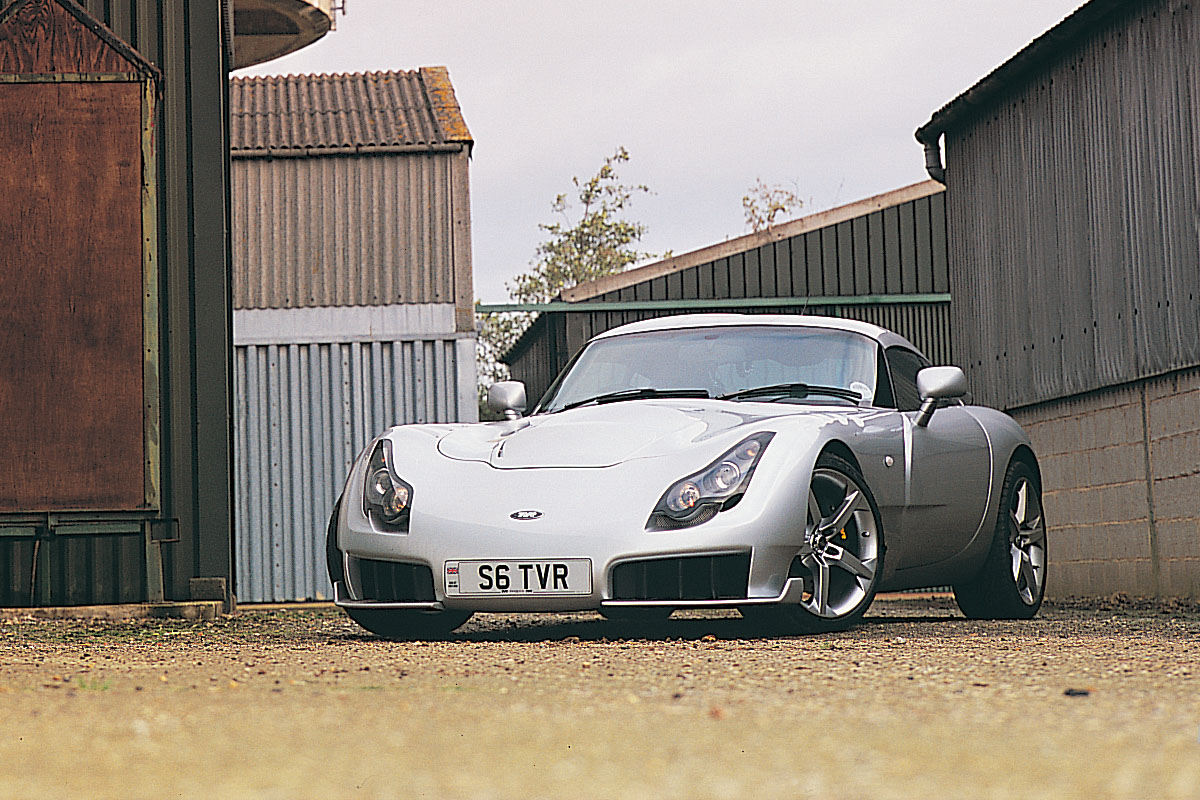
This British vehicle takes its name from a battleaxe wielded by ancient Iranian cavalry. It was feared for its ability to chop through most kinds of armour. In a way, it seemed an apt description for a formidable road weapon like the Sagaris.
The TVR Sagaris, launched in 2005, had an inline-6 that made over 400 hp. It could accelerate to 60 mph in under 60 mph and continue to a 185 mph top speed. However, the car had many shortcomings, which included a lack of safety features and shoddy build quality.
It wasn’t road-legal in the United States, an important supercar market, and struggled to gain traction in the European market. In the end, only 211 units were made before production ended in 2006.
Bricklin SV-1
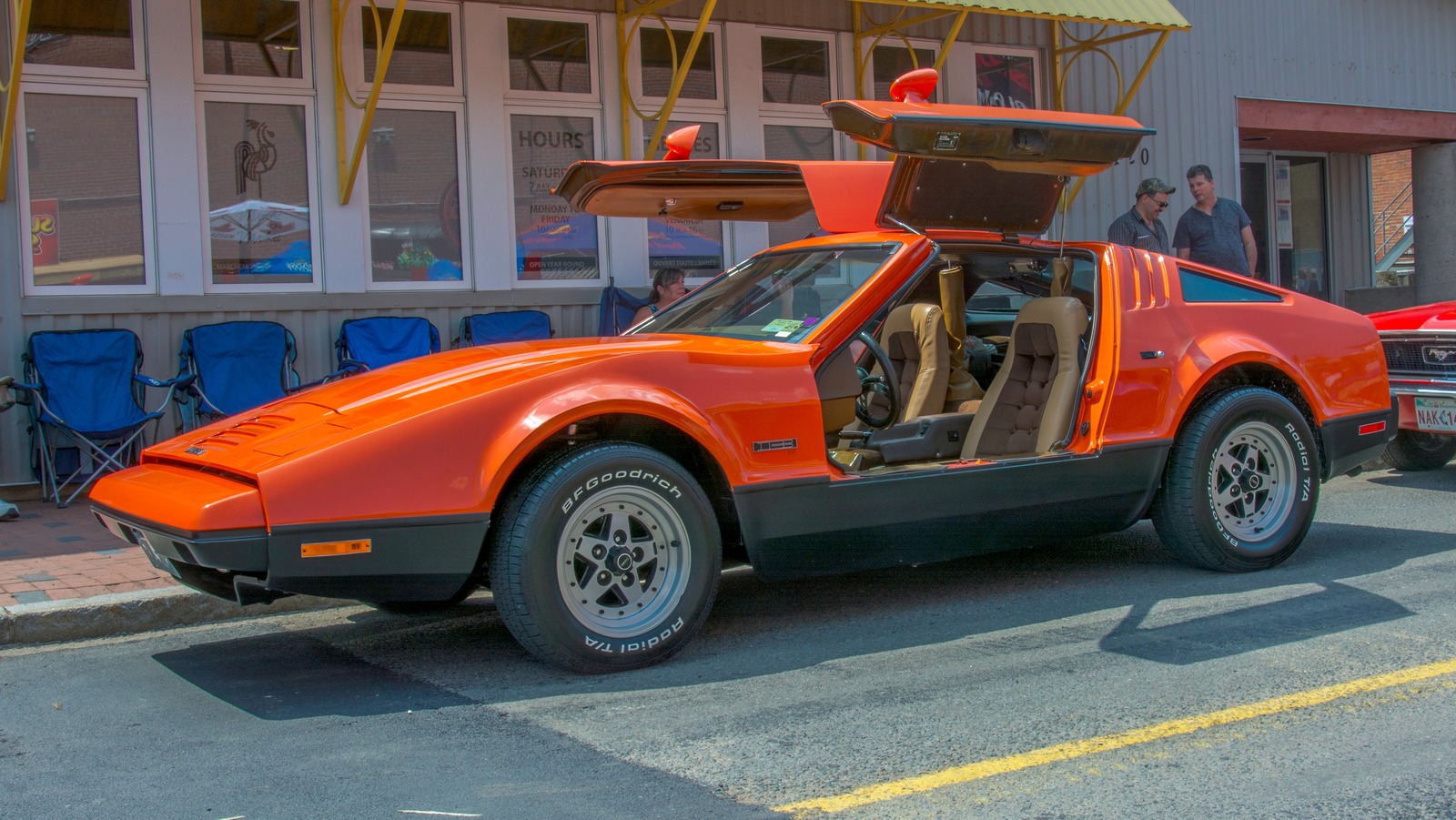
The Bricklin SV-1 was supposed to help put Canada on the performance car map, a machine that could compete with the likes of the C3 Corvette. Instead, it became a flop – one of the worst-selling sports cars ever. Safety was a priority for the car’s designers, which in itself is not bad.
Unfortunately, they took it to the extreme. The result was a lumbering fibreglass-clad vehicle that was so overweight and underpowered that it could barely get out of its own way, let alone anyone else. Poor quality control issues compounded matters, and after two painful years on the market, the carmaker pulled the plug on the Bricklin SV-1.
Bugatti EB110
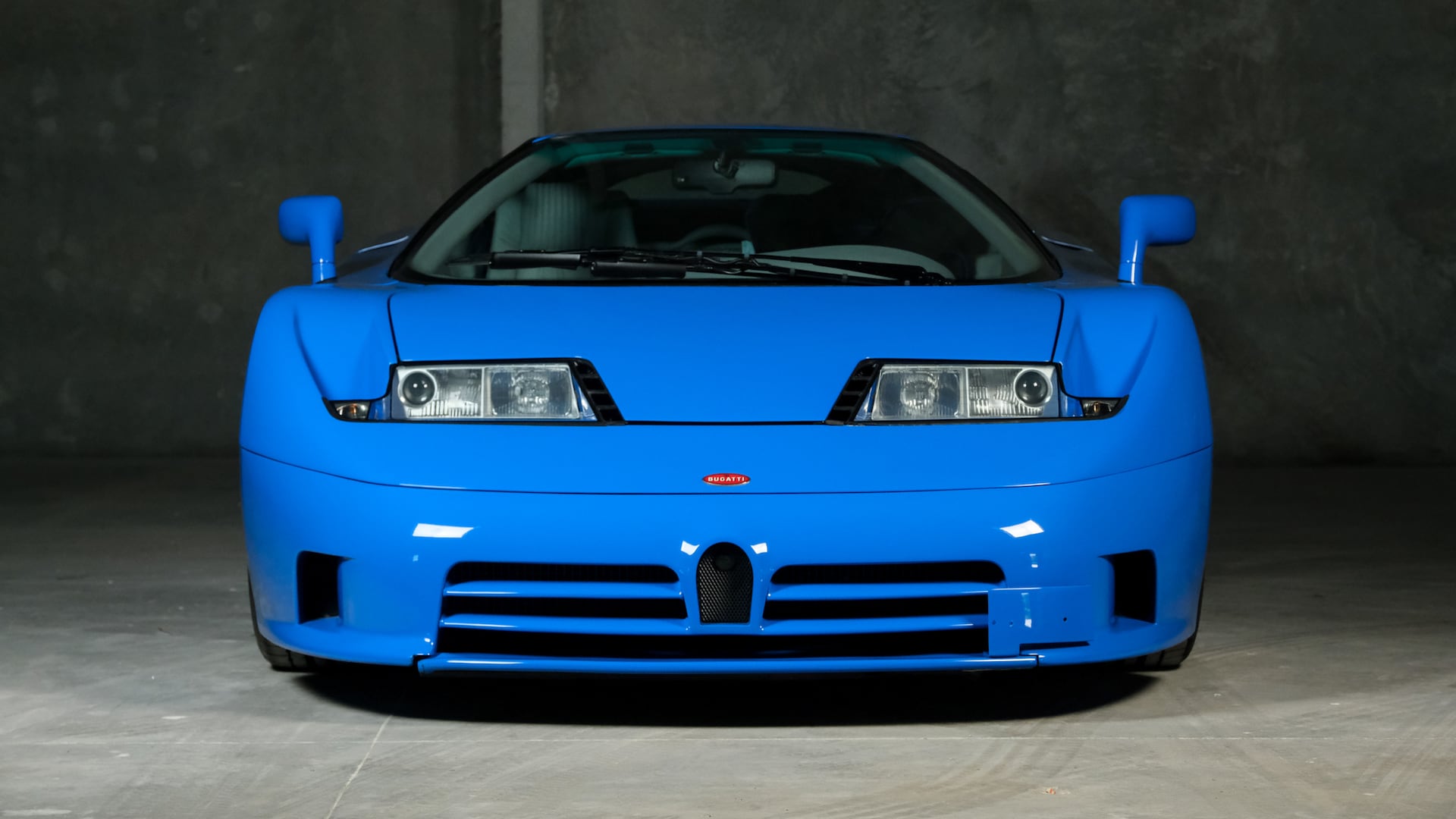
The Bugatti EB110 is a legend as far as hypercars are concerned. It was one of the most technologically advanced cars of its time. At its heart was a formidable Quad-turbocharged engine that put out as much as 603 hp, enough to get the car to a 220 mph top speed.
Unfortunately, the car’s debut coincided with a harsh global economic recession sweeping the world at the time. Its half-million price tag did not help matters. Sadly, the EB110 ended up a commercial failure despite its top-notch build quality and exceptional handling.
It was the car that ultimately pushed the carmaker into financial ruin and bankruptcy, and that’s why the EB110 features on this list.
Jaguar XJ220
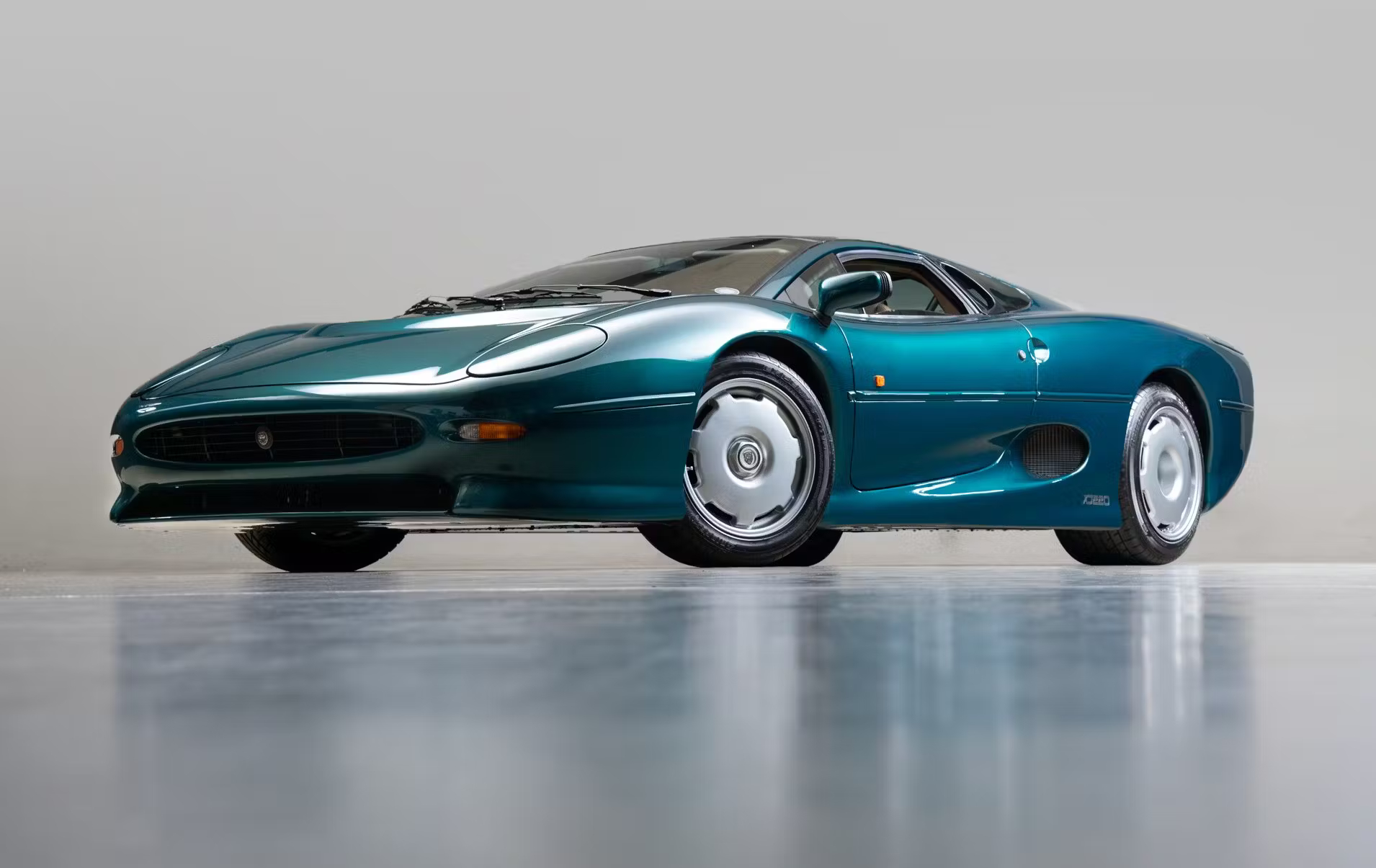
Company execs previewed the XJ220 prototype as an all-wheel-drive supercar with a formidable V12 engine. The car understandably generated a big buzz within the car community, and five-figure preorder deposits started rolling in.
However, by the time the production-spec XJ220 was ready in 1992, it had morphed into a rear-wheel-drive vehicle and had an engine with only half the cylinders initially promised. The outrage was instant and fierce. Angry customers demanded a refund of their deposits, and there were even a few court cases over the issue.
The whole ugly episode marred what was actually a pretty decent performance car. Jaguar planned to build 350 units of the low-slung supercar, but by the time production ended in 1994, less than 300 units had been built.
Acura NSX (2nd Gen)
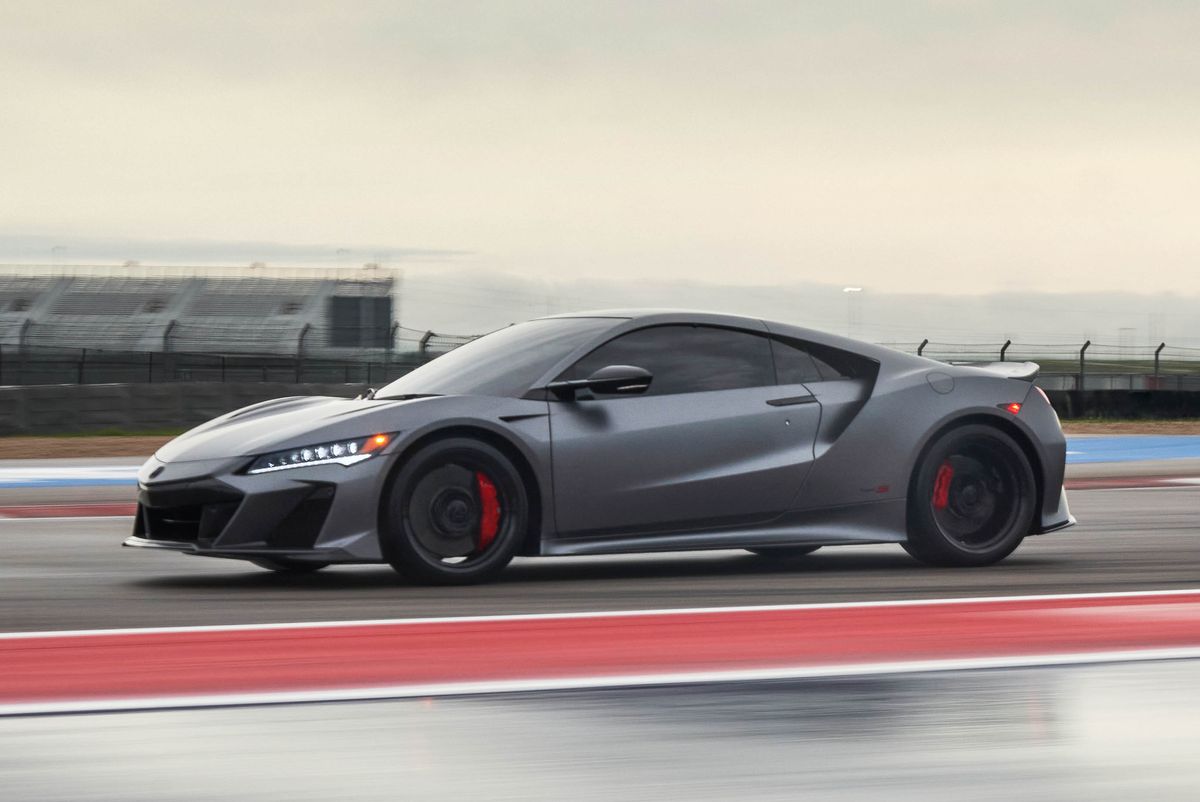
The Acura NSX (2nd gen) was not a bad car. It boasted attractive styling, lots of power and a flexible hybrid powertrain that enhanced its status as a practical supercar. It was launched in 2016 and remained in production until 2021, when it was discontinued due to poor sales.
The Acura NSX was always going to have a tough time in a market with more established rivals like the Audi R8, Porsche 911 Turbo and the Corvette Z06. However, another reason for the NSX’s demise was the fact that it never quite measured up to the insanely high standards set by its predecessor.
The first gen NSX, with its performance capabilities and ease of maintenance, completely redefined the perception of supercar ownership. There was no way the second-gen NSX was going to match that.
Ferrari Mondial 8
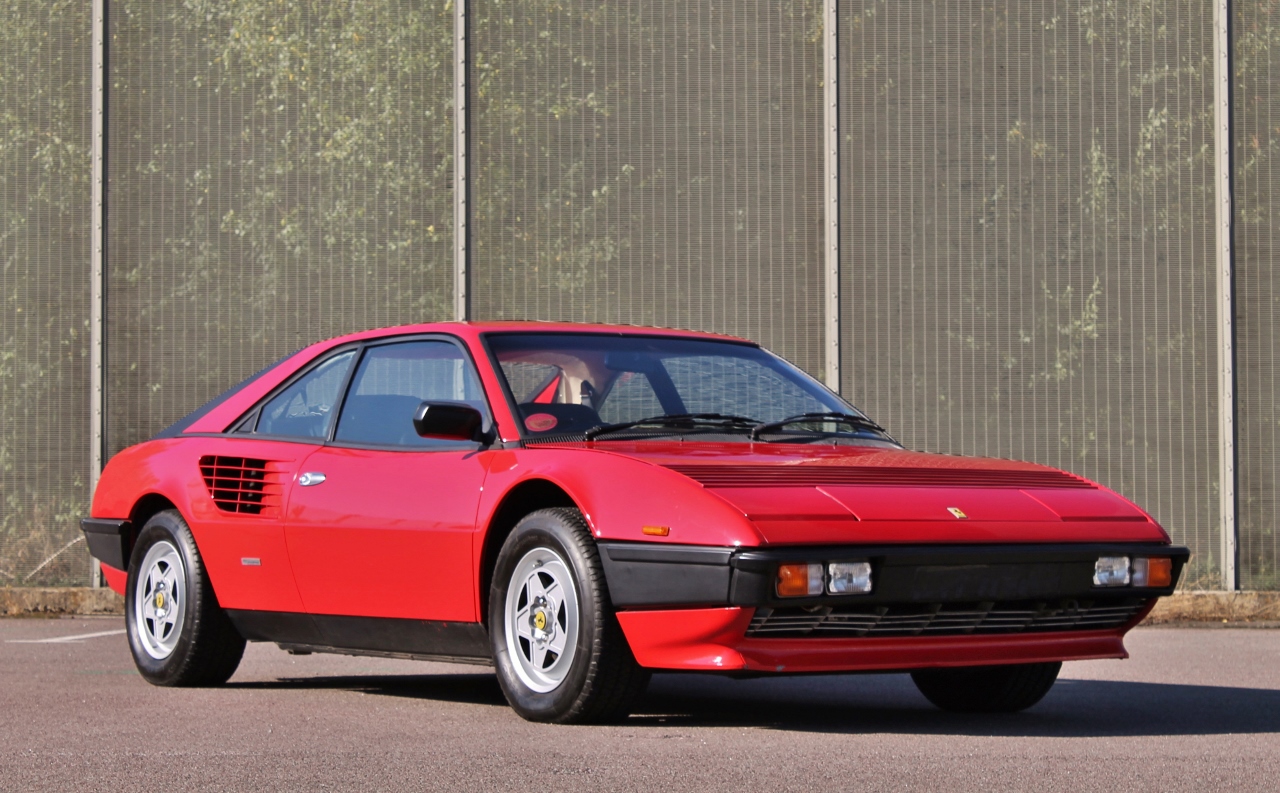
Time Magazine includes the Mondial 8 on its list of ’50 worst cars ever made.’ That’s quite a damning indictment, and it would be hard to argue on the side of Ferrari in this case. The Mondial was introduced as the replacement for the 308/208 GT4 coupe and was the last 2+2 V8 model from Ferrari until the California debuted in 2008.
The Mondial 8 was severely underpowered. Its V8 powerplant only made 214 hp. The 3,459-lb (1,569 kg) supercar needed almost 10 seconds to reach 60 mph, completely unacceptable for any car with the Prancing Horse logo. It also was not a very reliable car and suffered frequent problems, especially with its complicated Bosch injection system.
Aston Martin Virage
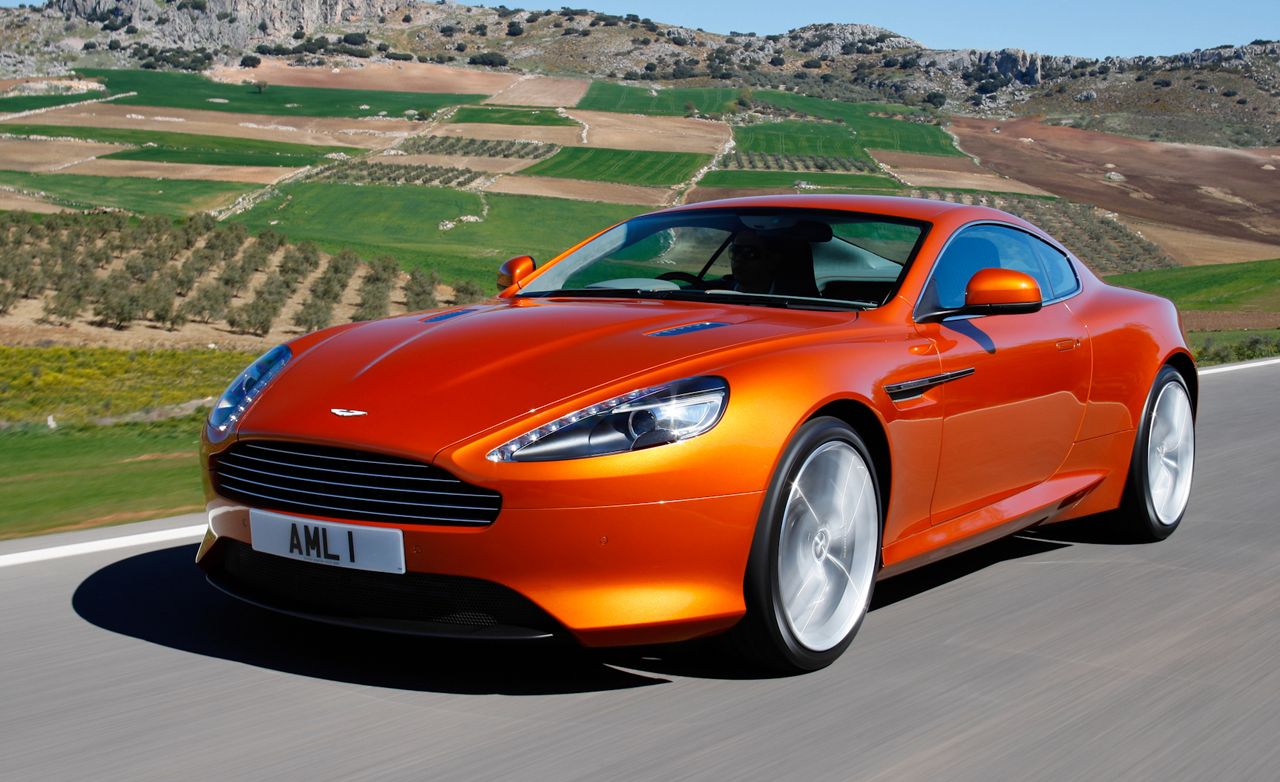
You’d be forgiven if you’d never heard of this car. The forgotten Aston Martin Virage was launched in 2011 to fill a perceived ‘gap’ between the DB9 and DBS models. It had a 5.9-litre V12 engine that made 490hp and 420 lb-ft of torque. The $210,000 Virage was a mistake, though and just eighteen months later, the car was quietly pulled from the market.
Performance-wise, it was only slightly better than the DB9 and was no match for the DBS. The car also lacked innovative technology, and the styling was not bold enough to differentiate it from the other Astons in the lineup.




